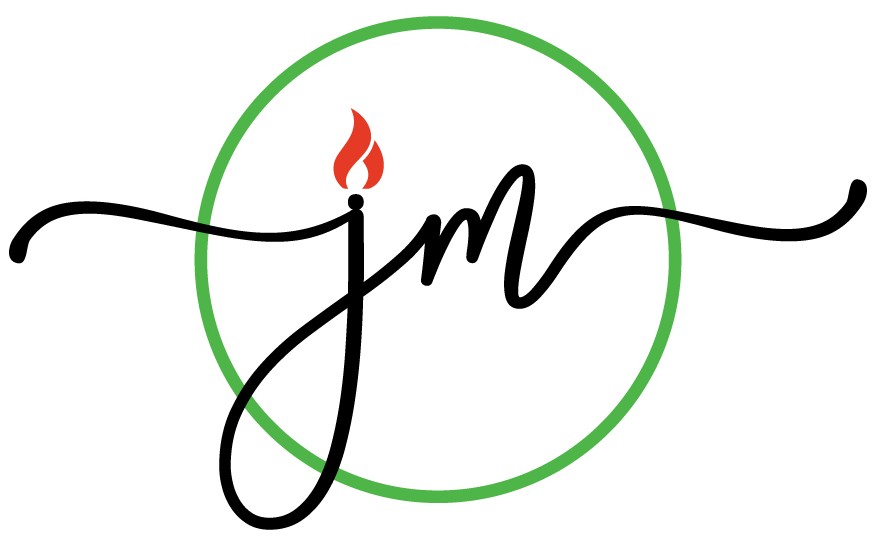Understanding Shadow Banning in Digital Marketing: A Comprehensive Guide

In the world of digital marketing, businesses rely heavily on social media platforms to reach their audience, build brand awareness, and drive engagement. However, one challenge that has emerged over the years is shadow banning. While it’s not always discussed openly, it can have a significant impact on the reach and visibility of your content.
At Jyot Marketing, we understand the importance of maximizing your brand’s visibility while staying compliant with platform guidelines. In this blog, we’ll dive into what shadow banning is, why it happens, how it affects your brand, and what you can do to prevent it in 2025.
What is Shadow Banning?
Shadow banning refers to the act of limiting a user’s content visibility without their knowledge. Essentially, a shadow-banned account’s content becomes invisible to other users, often without the account owner being notified. This means that although your posts continue to exist on the platform, they will not be visible to others, limiting engagement and reducing organic reach.
Shadow banning typically occurs on social media platforms like Instagram, Twitter, and Facebook, and can happen for a variety of reasons, from violating platform guidelines to using banned hashtags.
Why Does Shadow Banning Happen?
- Violation of Platform Guidelines –
Most social media platforms have specific rules around the type of content users can post. These rules cover everything from hate speech and offensive material to spammy behavior. If your content violates these community guidelines, it may result in your account being shadow banned. Common reasons for shadow banning include:
– Posting offensive or inappropriate content
– Spamming hashtags or irrelevant keywords
– Using bots to increase engagement
– Spreading misinformation or fake news
– Over-posting or excessive engagement in a short time period - Use of Banned Hashtags –
Many social media platforms have lists of banned hashtags—tags that are either associated with inappropriate content or have been used excessively for spam. When you use these hashtags, your posts could be shadow banned, preventing them from appearing in relevant searches or on your followers’ feeds. Therefore, it’s important to stay updated on which hashtags are being flagged and avoid them. - Spammy Behavior or Engagement Manipulation –
Social media algorithms are designed to detect unusual or spammy behavior, such as liking, commenting, or following/unfollowing in large volumes within a short time. Using automated tools to gain followers or engagement can result in your account being shadow banned for violating the platform’s authenticity guidelines. - Suspicious Activity or Bots –
Platforms like Instagram and Twitter are increasingly cracking down on fake accounts and bots. If your account is suspected of using bots to artificially inflate engagement or traffic, it could be shadow banned. For example, an account with a high number of followers but low engagement rates may raise suspicion. - Excessive Self-Promotion –
If your content primarily consists of self-promotion, or if you constantly post links to your website, products, or services, it could trigger the platform’s algorithm, marking your account as overly promotional. Social media platforms prioritize content that fosters genuine engagement rather than direct sales pitches.
How Shadow Banning Affects Your Brand
- Reduced Visibility and Engagement –
The most obvious effect of shadow banning is reduced visibility. When your posts are shadow banned, they won’t appear in hashtag searches, and they may not even show up in your followers’ feeds. As a result, your brand’s engagement metrics will decline, and you’ll likely notice a significant drop in likes, comments, and shares. - Loss of Trust and Credibility –
If your followers notice that they are no longer seeing your posts, they may question the credibility of your account. In turn, this loss of visibility can harm the trust your audience has in your brand. Maintaining consistent, transparent communication with your audience is crucial to avoid undermining your credibility. - Missed Opportunities for Growth – When your account is shadow banned, it becomes harder to reach new potential customers. Organic growth relies on consistent engagement and increased visibility, both of which are hindered by shadow banning. This directly impacts your ability to build a broader, more engaged community around your brand.
- Algorithmic Impact –
Platforms that use complex algorithms to determine the visibility of posts rely heavily on engagement signals. If your account is shadow banned, even if you publish high-quality content, your posts will not appear in your audience’s feed, reducing your chances of being discovered and engaging new followers.
How to Avoid Shadow Banning in Digital Marketing
- Follow Platform Guidelines –
The best way to avoid shadow banning is to ensure that you’re adhering to the platform’s community guidelines and terms of service. Review the rules regularly and make sure your content aligns with their standards. Be mindful of what you post and always prioritize ethical, authentic content that resonates with your audience. - Use Hashtags Wisely –
Hashtags are an excellent way to increase the discoverability of your content, but they need to be used responsibly. Avoid using banned or flagged hashtags, and instead, focus on more targeted, niche hashtags that are relevant to your audience. You can also test different hashtags to see which ones perform the best while ensuring that they comply with platform guidelines. - Engage Naturally and Authentically –
Avoid using bots or automation tools to increase engagement. Engage with your audience authentically by responding to comments, liking posts, and building a community. Platforms are designed to reward genuine interactions, so focusing on quality over quantity will help you maintain a healthy online presence. - Diversify Your Content Strategy –
Don’t rely solely on self-promotion or sales-driven content. Mix up your posts with value-driven content, including educational resources, behind-the-scenes looks, customer testimonials, and engaging visuals. This will help foster a deeper connection with your audience and avoid being flagged as overly promotional. - Monitor Account Health Regularly –
Be proactive in checking the health of your account. Platforms like Instagram and Twitter often provide insights and notifications if your account is under review or if you are at risk of being shadow banned. Monitoring your account regularly can help you identify potential issues before they escalate.
Conclusion
Shadow banning can significantly impact your brand’s online presence, reducing visibility and engagement. However, by following platform guidelines, using hashtags responsibly, engaging authentically, and diversifying your content, you can avoid this challenge and continue to build a robust digital marketing strategy.
At Jyot Marketing, we specialize in crafting effective, ethical digital marketing strategies that help your brand maintain visibility and engagement across all platforms. Whether you’re optimizing your social media presence or running targeted campaigns, we can help you avoid common pitfalls like shadow banning and maximize your online success.
Need Help Enhancing Your Social Media Strategy?
Contact Jyot Marketing today to ensure your brand stays visible and compliant, all while engaging your audience with high-quality, authentic content.



